Communicating an author's brand is especially challenging when you're an indie author not bound by the constraints of traditional publishing to stick to a specific genre. Australian author, poet, book designer and musician Jessica Bell describes how she rose to the challenge of branding her work – by branding the author rather than the books. Thanks to Jessica for sharing this detailed case study of the process that went into branding her self-published collection of books.
A Clear-Cut Genre
So, who are you really?
For at least five years, up until early this year, I’d been wracking my brain on how to boost my novel and poetry book sales by doing what all successful indie authors rave about and swear by: branding. But I just didn’t know how because …
- I don’t write series, so it’s silly to make all my covers look the same, right?
- I’m a different breed of writer. An acquired taste. A Patti Smith/Margaret Atwood/Anne Lamott/Christos Tsiolkas cross. (Forget that, I’m just me.)
- My books are literary in style, but also tightly plotted.
- My books are extremely character-driven, but not slow-paced.
- I take pride and care in the language I use as well as But language always comes first. I like to make music with my words. Who’s gonna give a damn about that?
- I am not afraid to blur or push boundaries, use coarse language when appropriate, or write about ugly human flaws and physical details that make people wince and shudder (and write negative reviews because I use the words sweat, finger, and vagina in the same sentence).
- My books have elements of romance, thriller, suspense, sci-fi, women’s fic, noir, family saga, and more, but do not fit under any one genre.
- My books deal with heavy subjects and themes such as mental illness, bullying, child/emotional/sexual abuse, death, depression, learning disabilities, divorce, drug addiction, institutionalization, nymphomania, obesity, organized crime, religion, sibling rivalry, suicide, totalitarianism … to name a few.
I’ve been self-publishing since 2011, and it was only early this year, after considering all of the above for the hundredth time, that there was no way in hell I was going to be able to brand my books … but I could brand myself.
You Don’t Need To Do What Others Do
So I started looking at the websites of popular authors, and noticed that many had tag lines that summed up the content of their books. For example, Jodi Picoult’s is “novels about family, relationships, love, & more”.
Again, it was impossible to think of a tag line to sum up the content of my books, but if I’m branding myself, I decided I could definitely sum up my writing style and voice.
I very soon went about asking my Facebook followers who were familiar with my work to chip in and help me think of a tag line. Keith Dixon very cleverly suggested The Bell Collection. I loved that, but decided it would be better used as a ‘series title’ rather than a tag line as it didn’t offer readers any clues about my voice.
Together we came up with a few options, I picked my favourites, and then conducted a poll asking my newsletter subscribers and social media followers to vote on the best out of the following three:
- beautiful ugly words
- books you live
- read your heart out
The voting didn’t help. Ha! Each tag line garnered the same amount of votes. But that meant that I had three good tag lines, so I picked the one my heart was set on, and went for it.
Cover Design Is The Most Important Thing
In the meantime, while all this was happening, I started playing around with cover designs. Finally, I was able to focus on producing covers that resonated with me. I decided that if I was going to brand myself rather than my books, there was definitely no point in following trends. I wanted my books to stand out. To represent me as a writer 100%. And I decided that I had no problem, whatsoever, in slowly building a solid following of people who love to read my books.
Side note: One day I want a random street conversation about books to go like this:
“What kind of books do you like to read?”
“Oh, you know, thrillers, suspense. I get into a bit of poetry now and again. How about you?”
“Anything from The Bell Collection.”
(I know, huge goal, but it can’t hurt trying.)
Back to book cover design. What decided I wanted was:
- Lots of eye-catching bold colour. Yes, the subjects and themes of my books are dark, but my language is vivid, colourful, and evocative. The whole point of this branding exercise was to represent me and my writing style. I had to keep reminding myself of that as I have been conditioned to focus on targeting specific genres when designing book covers. Despite the vivid colours I’ve used, I believe I’ve also managed to hint at the darkness within as well.
- Interesting and edgy, but clear, fonts for my name and titles so as to be immediately recognizable.
- A background pattern that remained the same for each book for consistency and a smooth visual transition from one book to the next.
- An image that reflected the content of the book in an abstract way. I use a lot of metaphors and symbols in my writing, so I was keen on representing that through imagery as well.
But the cover was not the only thing I needed to consider with regard to representing my brand. I also needed to consider trim size and interior design. Let’s take those one at a time.
Trim Size
Trim size, you ask? What’s trim size got to do with branding? A lot in my opinion.
I’m a fan of small paperback trim sizes so that when I’m reading in bed at night, the book isn’t too heavy and fits nicely in my small hands. Small books also fit on my bedside table along with my lamp, glass of water, and mobile phone. I figured that I wouldn’t be the only person out there who feels this way, so I chose a smaller than standard trim size for my books: 5” x 7”. After reading Matt Haig’s Reasons To Stay Alive, which is also 5” x 7”, I knew it was the perfect size for my own books. Through the trim size I’m targeting like-minded readers. I don’t need the entire world to read my books, but I do want the people who enjoy reading my books to enjoy the physical experience too.
Interior Design
Technically, I could have done this myself, but I didn’t have the time. So I paid Amie McCracken to design and proofread all my paperback interiors and format the ebooks. I briefed her on exactly what I wanted in order to make the process as straight forward and time-efficient as possible. The most important steps we took were:
- starting a shared DropBox folder in which every single possible file existed so that neither of us had to consistently email each other attachments or ask for things. If one of us needed something, we just went into the DropBox folder.
- created separate folders for each of the following: Covers (for reference), Front & Back Matter, eBooks, Fonts, Paperbacks, Proofreads, Final Files
- Amie also included an excel spreadsheet in which she kept track of tasks completed so I didn’t have to ask her about her progress.
Amie and I had a chat before she got started and I gave her some simple guidelines:
- We agreed on a clear deadline.
- I asked her to use the recurring cover pattern to make a flourish for the pages on which new chapters began.
- I asked her to include the same front and back matter in each book and that I would fill in the missing imprint information myself.
- I told her the trim-size, margin size, font type, font size, and leading size I wanted her to use for all the books.
- I told her to proofread all the manuscripts using Australian English using Track Changes, because I would like to approve the edits she made before she began typesetting.
But doesn’t all this cost a lot of money?
Yes. And I’m praying that all the work Amie and I have put in in the last few months is going to be worth it. Time will tell!
Cost of My Investment
I spent a total of 1891 Euros. And this was without having to pay for a cover designer. I’m hoping that it will pay off. But you know what? In the end, I’m extremely happy with the result, and if my sales don’t improve, I’m proud of finally having found my brand. It somehow makes me feel whole.
Despite everything everyone says, you do NOT need to write in one genre to create a brand and you do NOT need to write a series in order to have a cohesive set of covers.
We’re indie authors and have the right to market our work any way we wish.
Make your brand YOU and stand out in the crowd.
Jessica’s rebranded books are now available in paperback, eBook, and a 2016 Limited Time Box Set of all seven books in paperback. Visit Vine Leave Press for details.
OVER TO YOU If you've gone through a similar process, please feel free to share your experience via the comments thread.
#Authors - don't brand your books, brand yourself! Smart advice on #bookmarketing from @MsBessieBell Share on XFURTHER READING Here's an inspiring post homing in on book cover design for indie authors

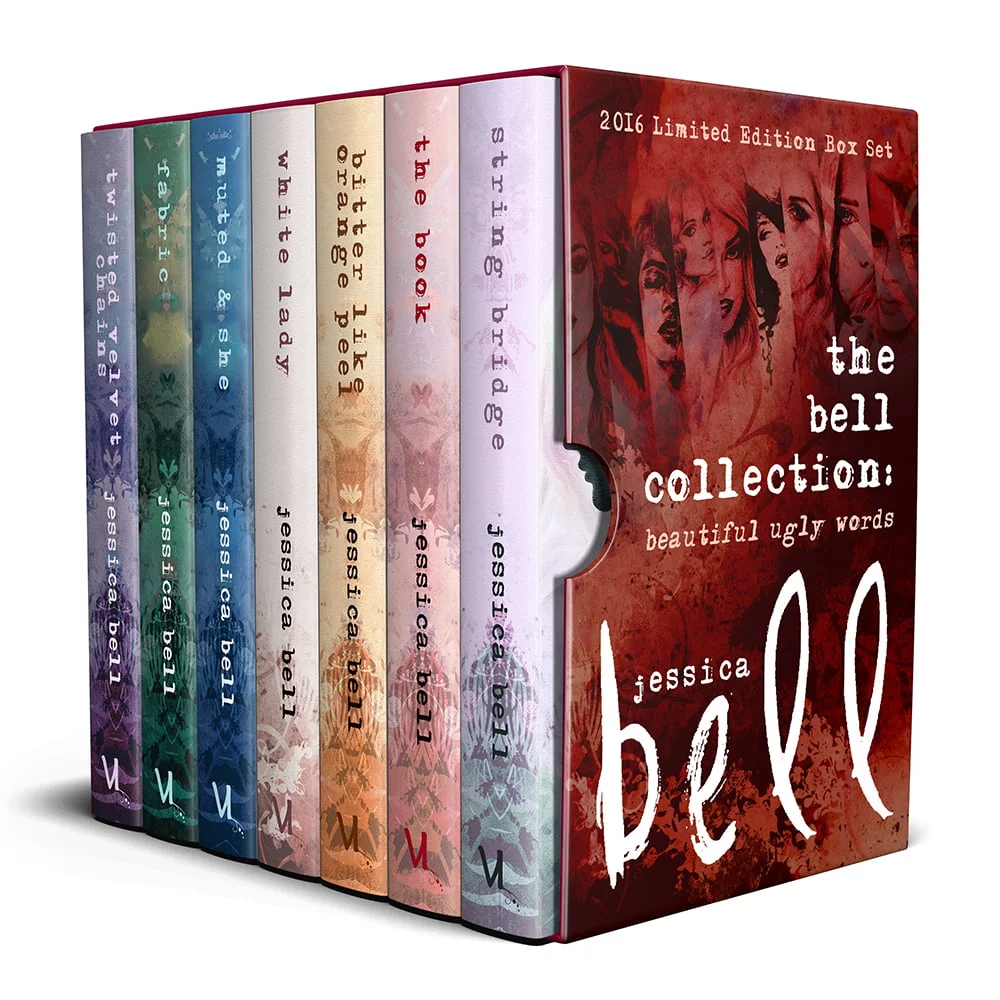
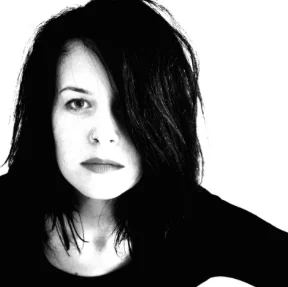
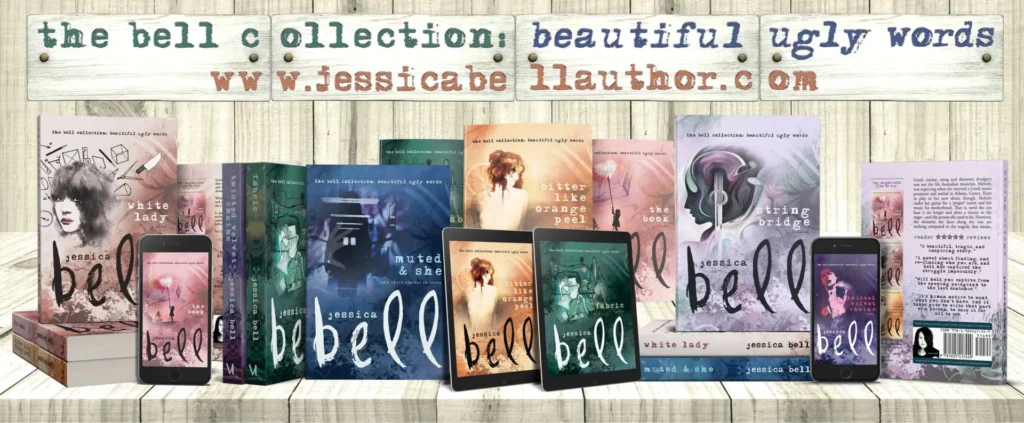
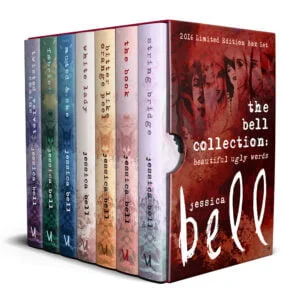
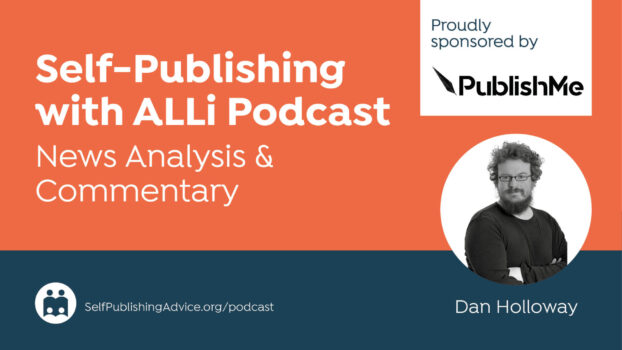


[…] Book Marketing: How to Create An Author Brand – Case Study with Jessica Bell […]
[…] I enjoyed these two interviews where Jessica shared tips on building an author brand and book sales not being the be-all and end-all with indie publishing success. If you’re an […]
[…] Book Marketing: How to Create An Author Brand – Case Study with Jessica Bell […]
[…] I don’t actually rely on book sales to make a living, and this is directly related to one of the biggest obstacles I’ve had to face. For a very long time, I didn’t know how to market myself or my books, because I didn’t write series, nor in any one genre. I’d receive marketing advice after marketing advice that just did not work because I was targeting audiences that would not pick up my books. After a few years of many trials and many errors, and discovering for myself that my books would not succeed in the mainstream market, I identified that the style of my writing always remained the same. Last year I came up with a slogan for my books—Beautiful Ugly Words. I branded myself as an author and created a cohesive book cover look that represented my writing style, instead of genre. I am extremely comfortable in my new skin, and now I also know to only target readers with acquired tastes or the desire to stray from their reading habits. You can read more about how I did this here. […]
[…] I am extremely comfortable in my new skin, and now I also know to only target readers with acquired tastes or the desire to stray from their reading habits. You can read more about how I did this here. […]
[…] https://selfpublishingadvice.org/book-marketing-how-to-create-an-author-brand-case-study-with-jessica… […]
[…] Book Marketing: How to Create An Author Brand […]
Love this, Jess. So helpful and insightful. I’d never considered finding a way to brand “me” instead of all my novels in various genres. That’s terrific, and great points about cover design. Wishing you much continued success with your novels and poetry!
Hi Jessica:
Seeing how western frontier era is my genre, my web tech Ian suggested ‘Branding” my eBooks all on his own. He added a weathered barn wood look to the top and bottom of each book cover. He has taken me under his wing sort of and helped me, many times without charging me.
The world needs more kind people like Ian and you Jessica.
Raymond
Thank you for this post. I am revisiting my website design and now have a clear direction to follow. Finally.
Good luck to you Mary.
I am the black version of you Jessica. I feel defeated and locked in.
I discussed my ‘brand situation’ with my graphic design her when she was making a logo for me earlier this year, and she told me then that since I was an editor, publisher and artist as well as an author, I was the brand and that felt right to me. Same as with Jessica, my work doesn’t fit in boxes.
It’s a hard decision to make. Essentially we’re moving away from what typically sells and creating something entirely new.
You either have it or you haven’t, and Jessica Bell has style. Excellent, detailed exposition of a solution for writers who don’t fit in a box. Her new branding of her books looks fabulous and definitely sticks in the mind.
I wonder at the second website, though. I created a special website for eMaker Editions, separate from my personal philipcasey.com. When I looked at the stats after several months, the latter, long-established site was way ahead in visitors. So now I’ve duplicated the books content, and will leave the static content on eMaker Editions. Which probably underlines Jessica’s central point. I was trying to promote my publishing site, when all the while my visitors were more interested in me as a writer. Sometimes I learn. Sometimes…
Thanks for your kind words, Philip. The second website is that of a small press that I am the publisher of, so it’s not just for these books. 🙂 I have my own website too, but I’d like people to discover the books of other authors we publish as well, and so prefer to link to Vine Leaves.
Ah. That makes sense. Heroic to publish others as well. A friend of mine here in Ireland, Brian Lynch, also does it, and I’m lost in admiration.
I’ve just subscribed to your website. Thanks!
Jessica–I think your post accurately describes the road to commercial success these days. Interestingly, that road has almost entirely to do with branding and self-promotion, not with the actual books themselves. “There was no way in hell I was going to be able to brand my books…but I could brand myself.” I can’t deny the commercial wisdom in doing this, and I believe it applies in general now, not just to you. But I regret how the book biz has shifted its emphasis to image, the self, book design, etc. That said, I applaud you for finding a way to market books that sound as though they aren’t cookie-cutter work that adheres to genre conventions.
Thank you, Barry. It wasn’t easy!
Thanks Jessica:
Thanks Jessica:
No Rules, No Regulations… Freedom to write what moves you, and give it the best that you can. This is the basic Indie Author world. I create a Premise, then develop the characters who drive the story; their pursuit of their goals against the conflict, and tension of the barriers; natural, human, or fantasy. I have no Genre-centered stories. I let the characters decide. Cover design has to be an inciteful grabber, and contain an important vision related to the story. It’s a billboard advertising.
Stay well…
Warren.
Thanks, Warren. 🙂
Hi Warren:
You hit the nail on the head in saying… “I create a Premise, then develop the characters who drive the story; their pursuit of their goals against the conflict, and tension of the barriers; natural, human, or fantasy.”
Good luck to you.
Raymond
“Branding” or “platform building” both stifle creativity, IMHO. As I draw closer to publishing my first book, after participating in several successful anthologies, I’m feeling panic closing in. This post was like a breath of fresh air, Jessica. Thanks so much for sharing your thoughts and experience in branding yourself.
A pleasure, Sherrey. Thanks for reading!
This was very much relevant to me, as a similar author spreading thin across poetry, poetic prose, fiction and short stories. I had got as far as realising that branding me, rather than the books was necessary, and designed a new website I hoped would begin the process. What I had not thought of ( and may not be applicable) was designing a ‘look’ across all creations. But then perhaps I need to get more works out before I can.
It was reassuring, through the Bell Collection, to see new possibilities for the ‘ Tinker, Tailor, PHI’ one- or something along those lines! My works all emphasize maverick solitaries, and like Jessica I find weaving language critically important.
How many works do you have, Philippa? If only a couple, I’d wait a while longer. Just so that your thoughts about what you want become more sollid.
Hi Philippa:
I would like to plant a seed of hopefulness in you for your future.
Back in 1983 when I penned my first poem I never dreamed I would write a book.
In 2002 I began writing short stories yet still never held on the string of hope that one day I could or would see myself writing let alone completing a book.
In 2011 I saw that dream go from seed to fruitation.
None of us know what tomorrow will bring, so we settle for what we can do best today.
I wish you a successful journey to one day writing a book you are proud of and that others will enjoy reading.
Raymond
As Jessica was bountiful enough to send me a full set of The Bell Collection in paperback, I can vouchsafe the fact the books are as beautiful as she wanted them to be. Thanks, Jessica! And I’ll never confuse them with books by anyone else…
Aw, thanks, Keith!
Like you, before this year I hadn’t really branded myself or my books. Until I began writing a new series of children’s fiction about children with Asperger’s Syndrome (me) meeting magical realism that teaches them to become more confident. Once I knew what I wanted to write, and enjoyed doing it, I knew this was my brand. And I even created a tagline for it, ‘Autism meets magical realism’ that tells what the whole series is about. I now post on FB and Twitter snippets about Asperger’s to go with my brand.
That’s really great, Julie. I hope it’s working well for you!